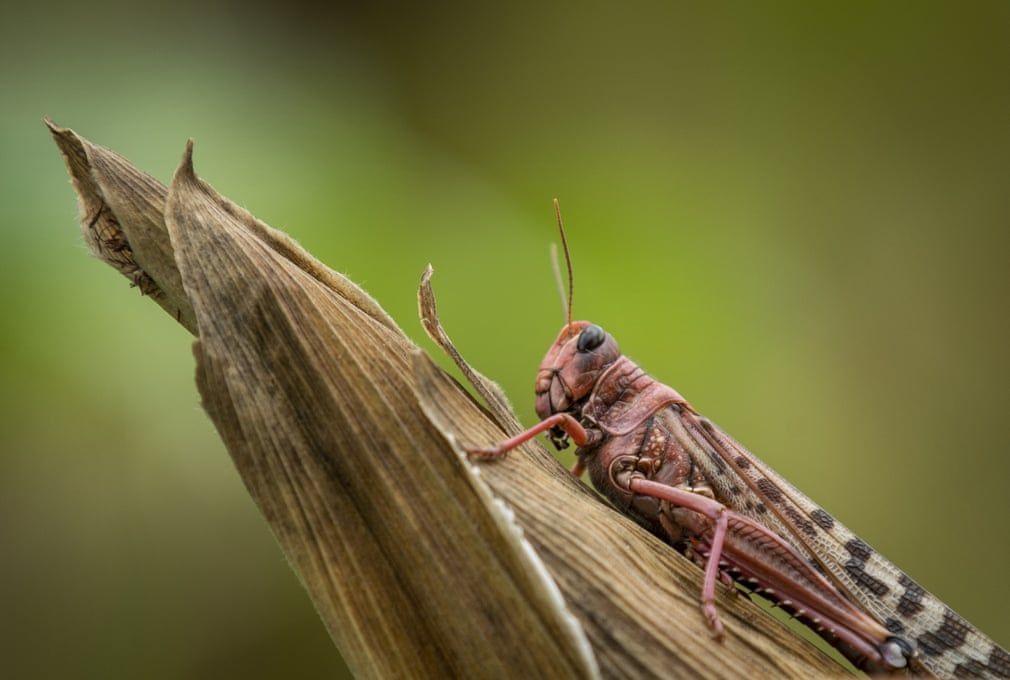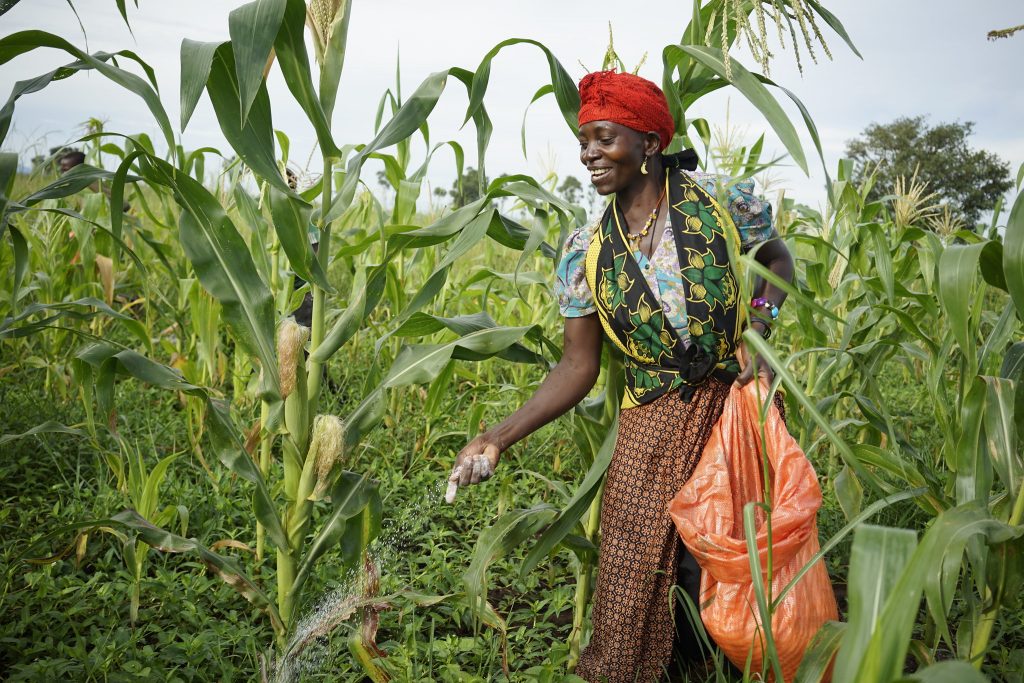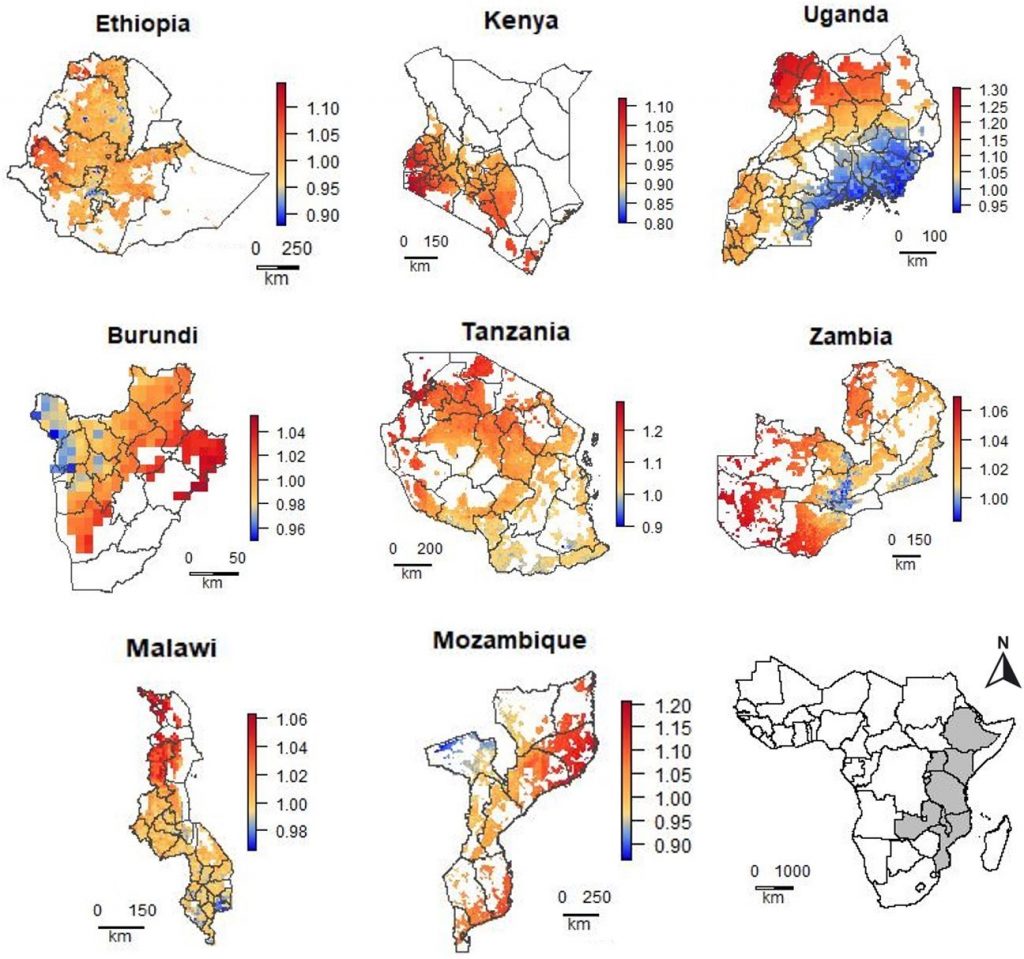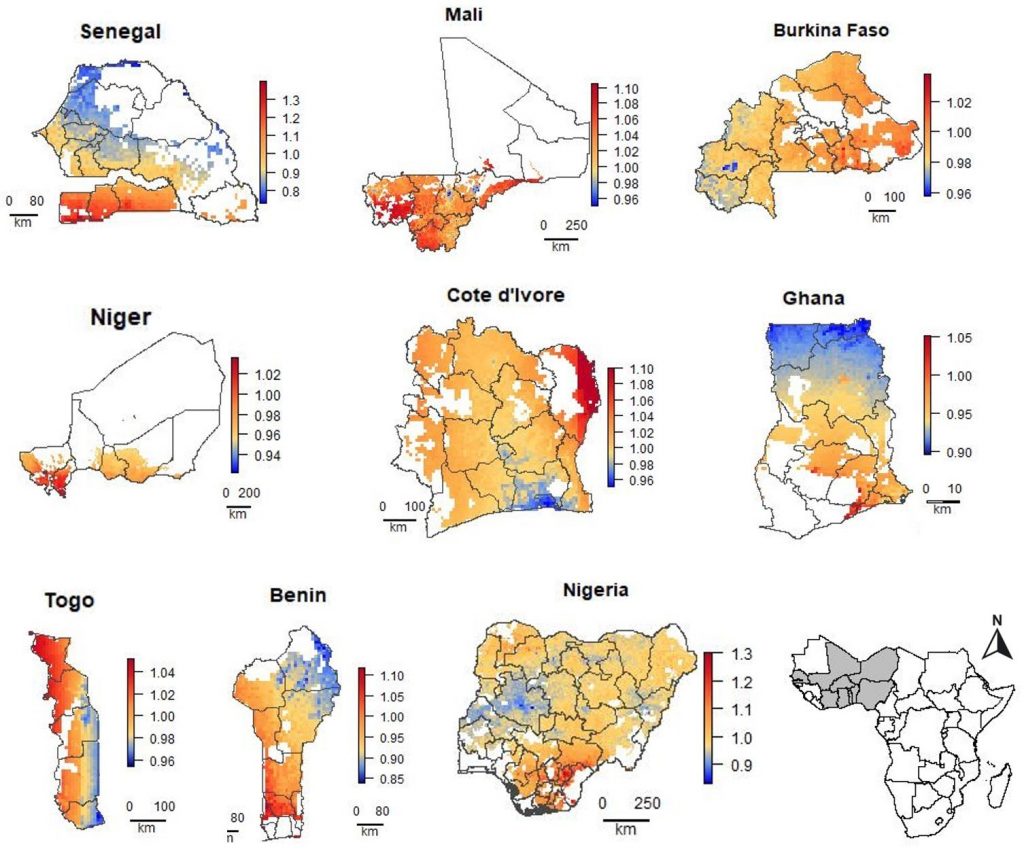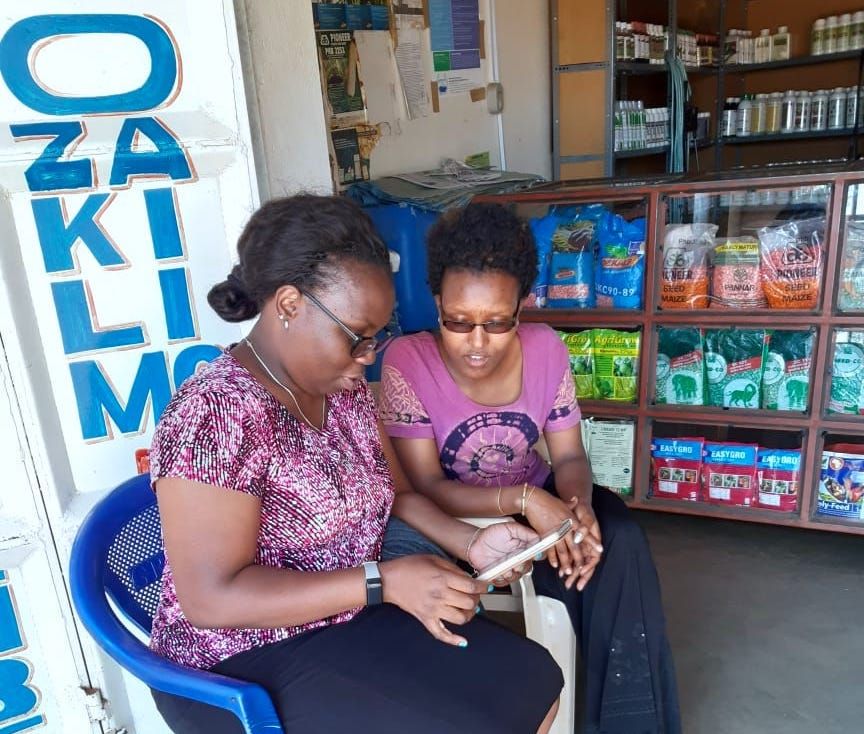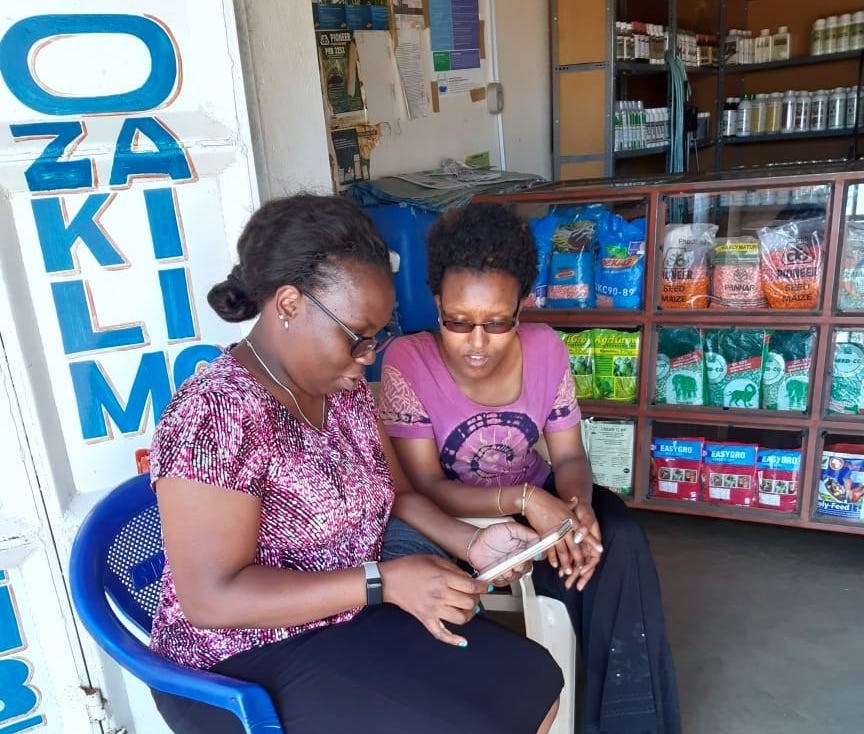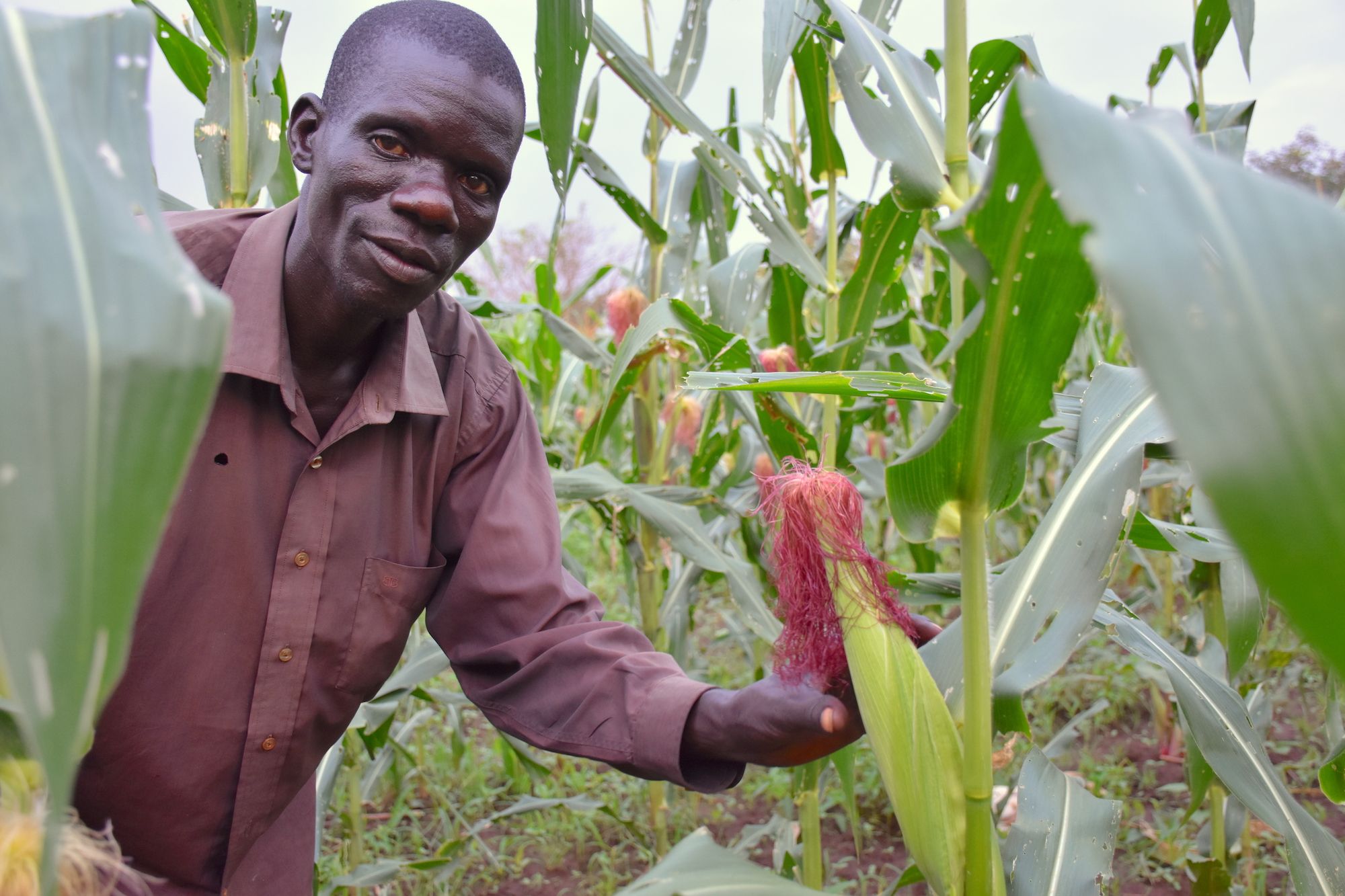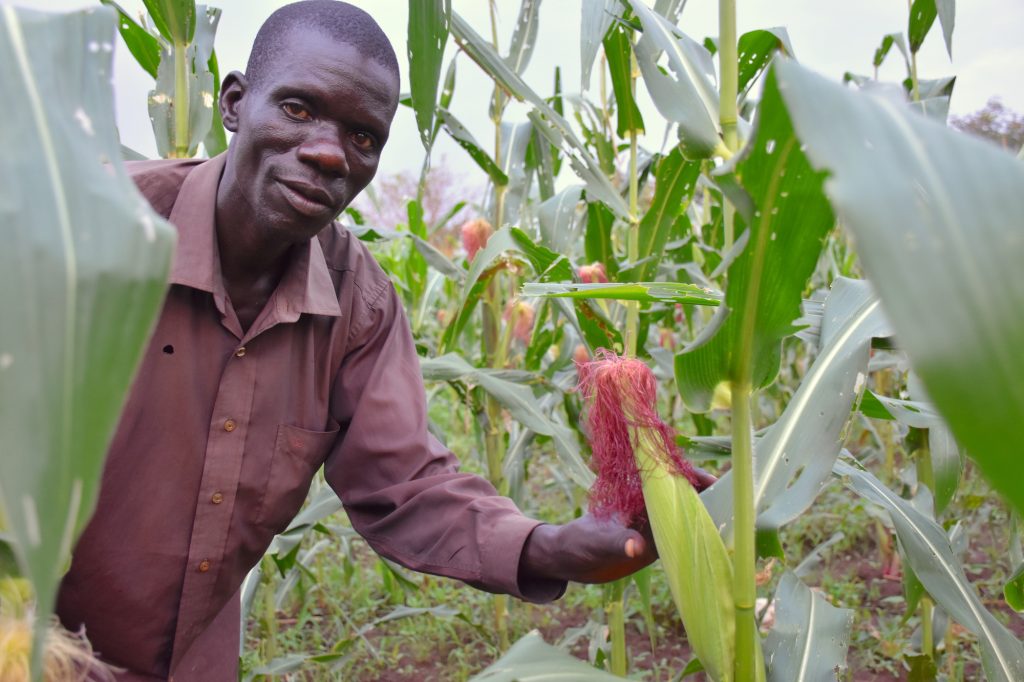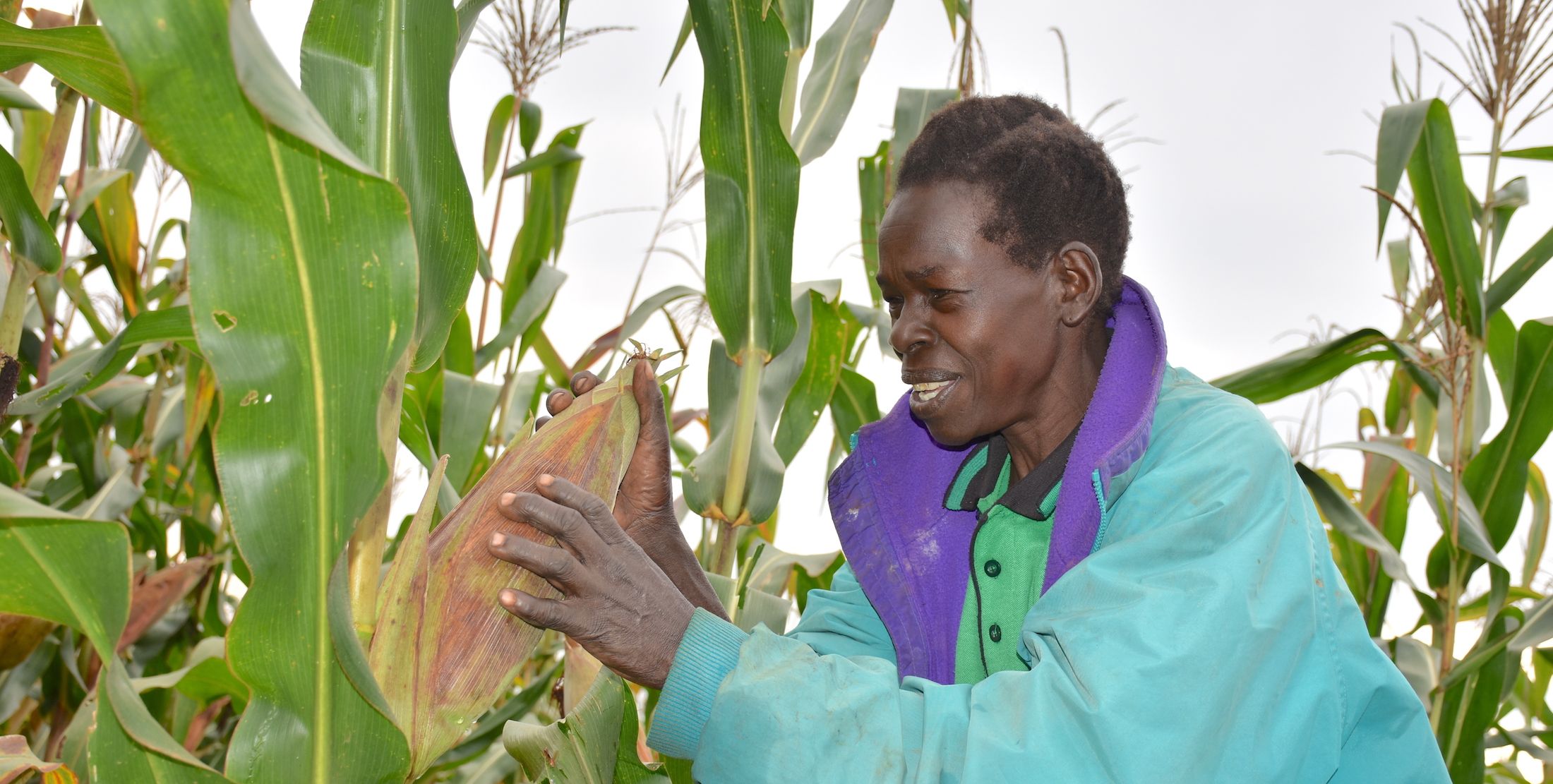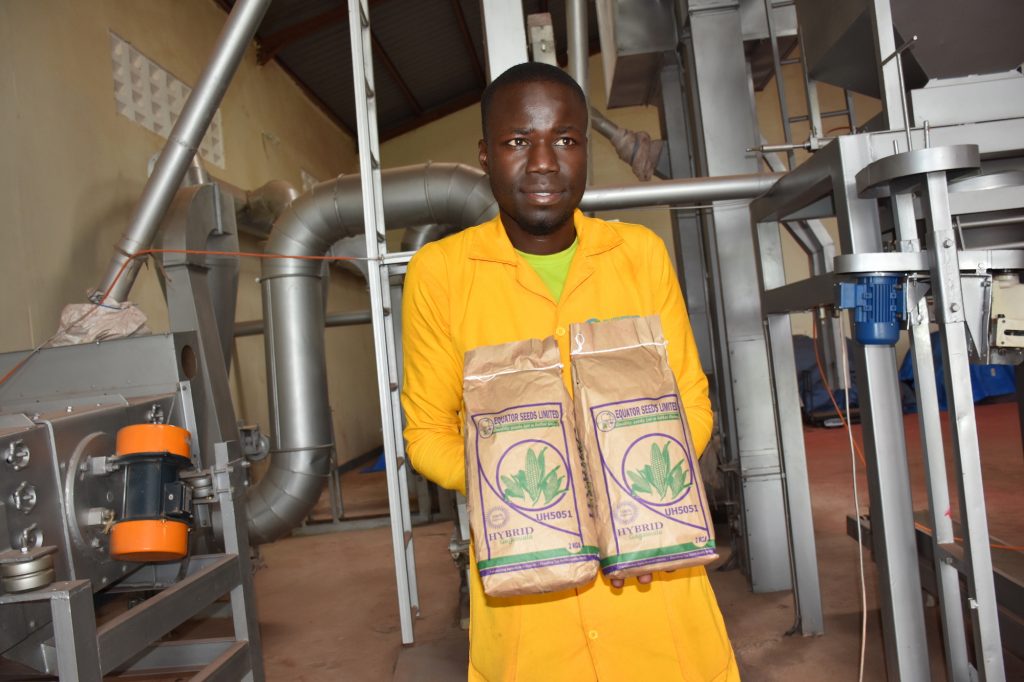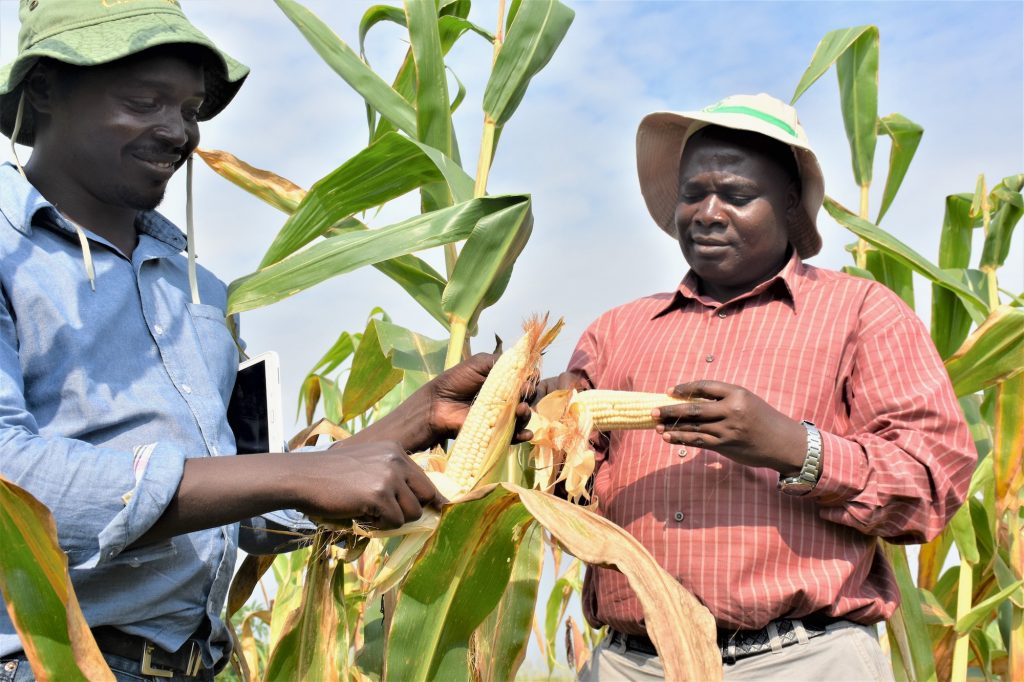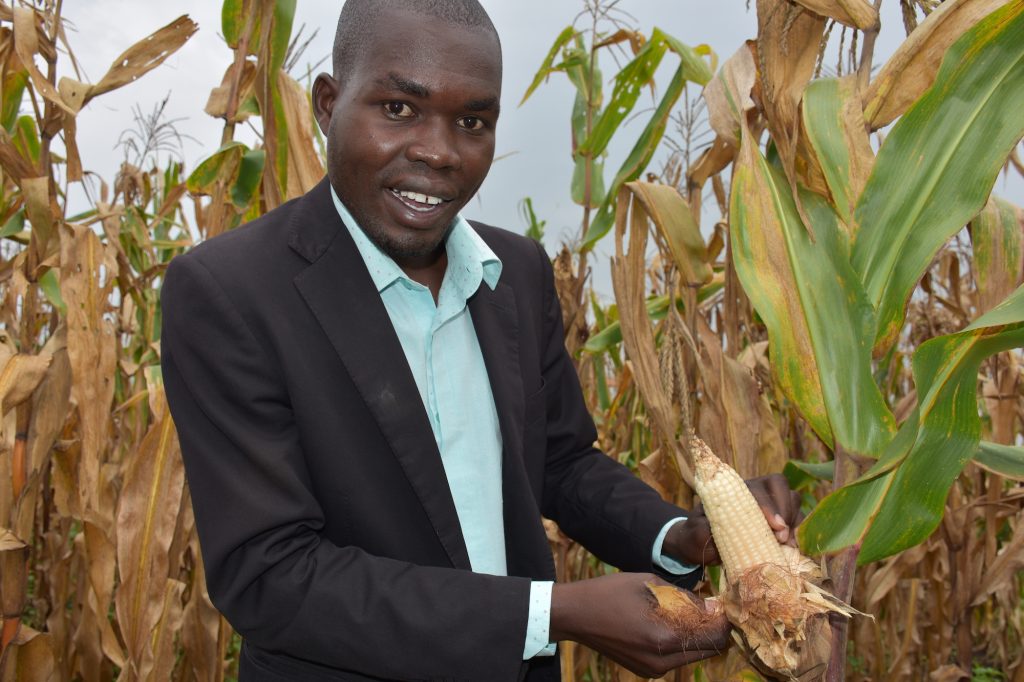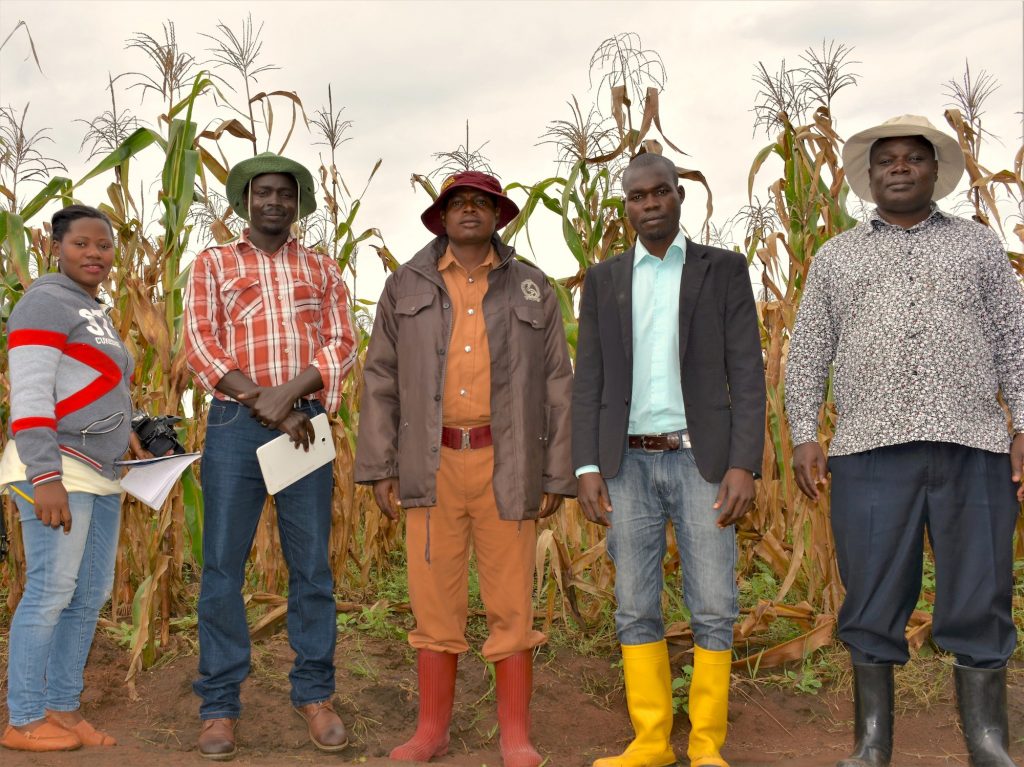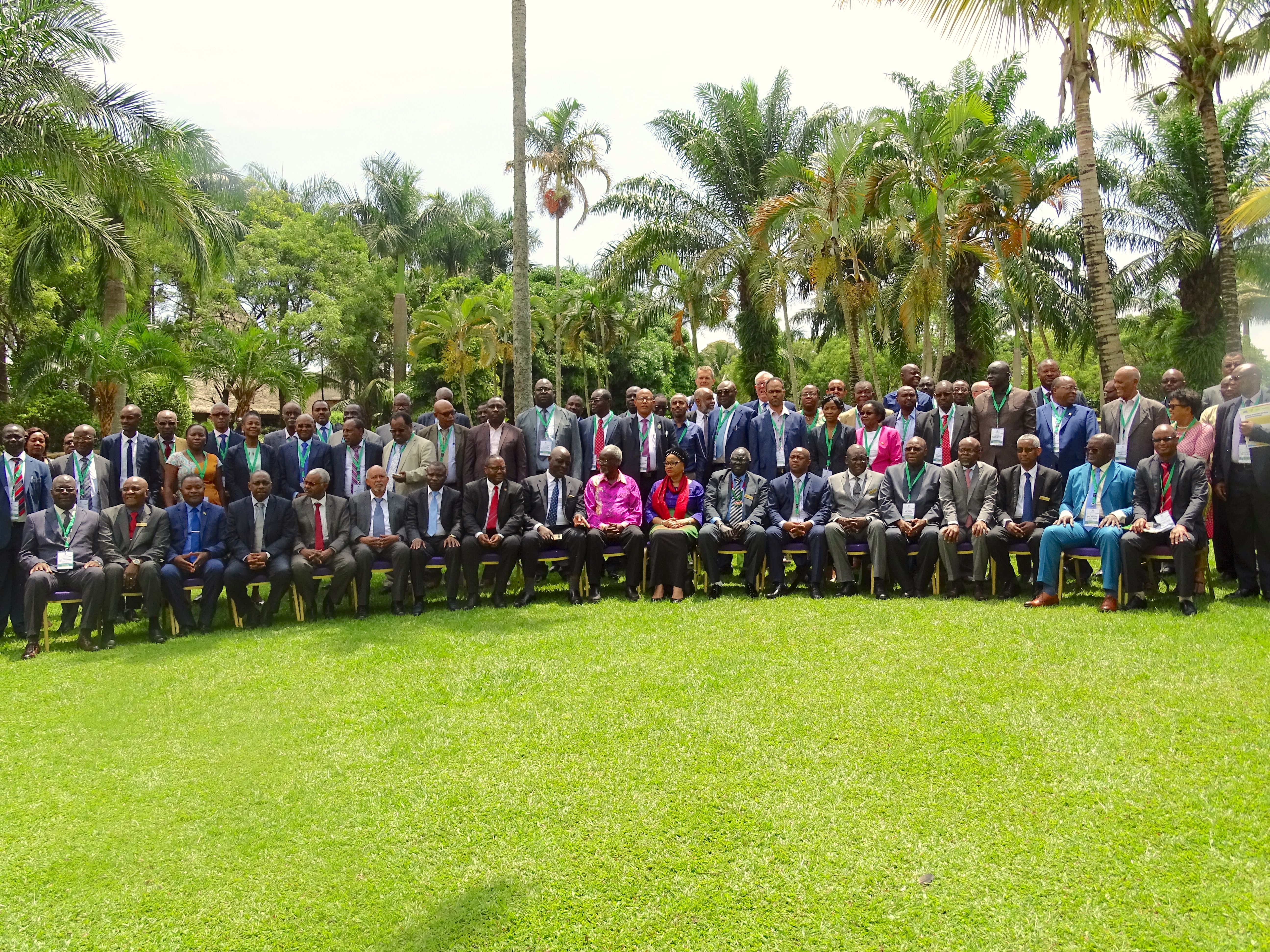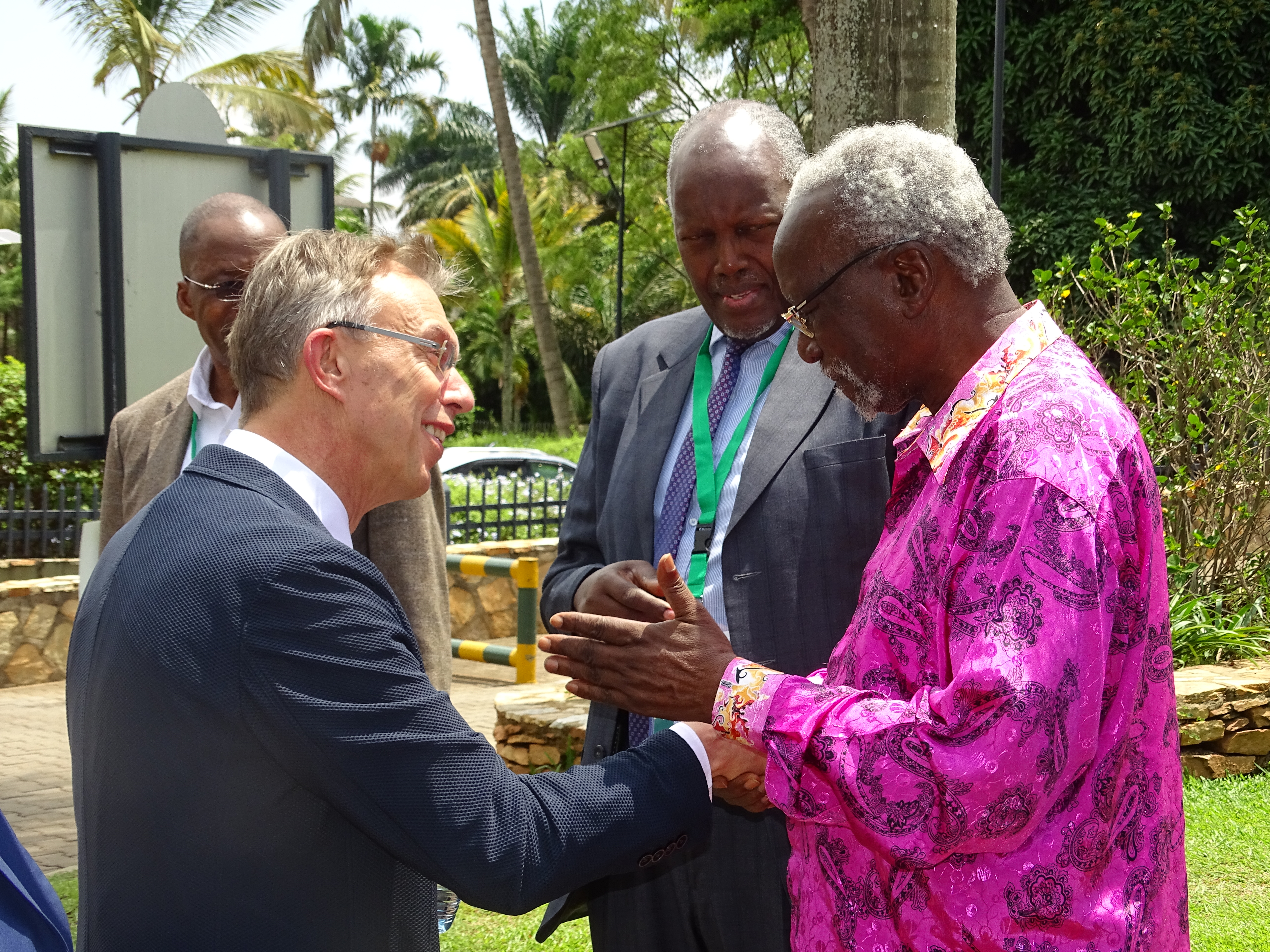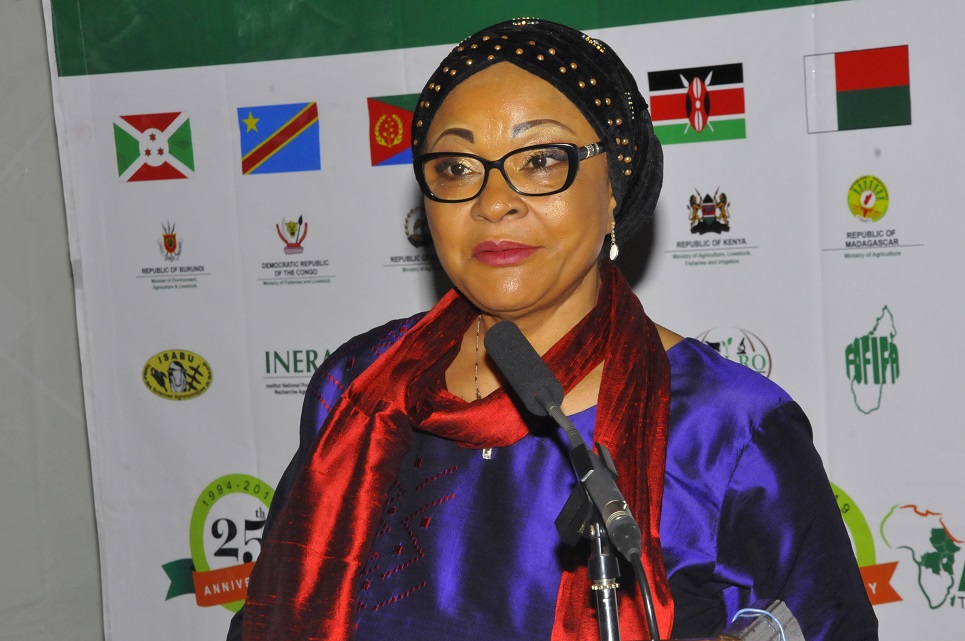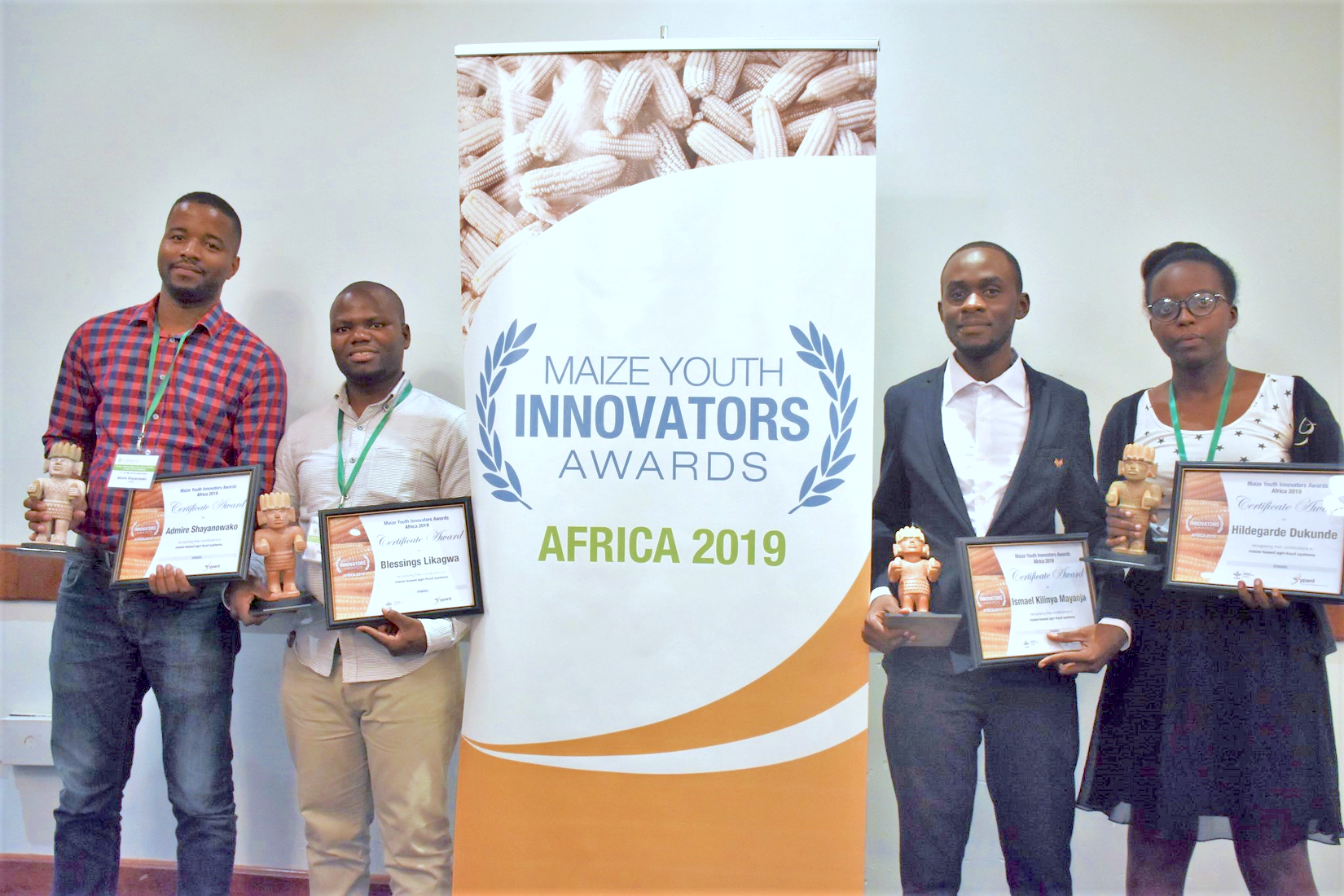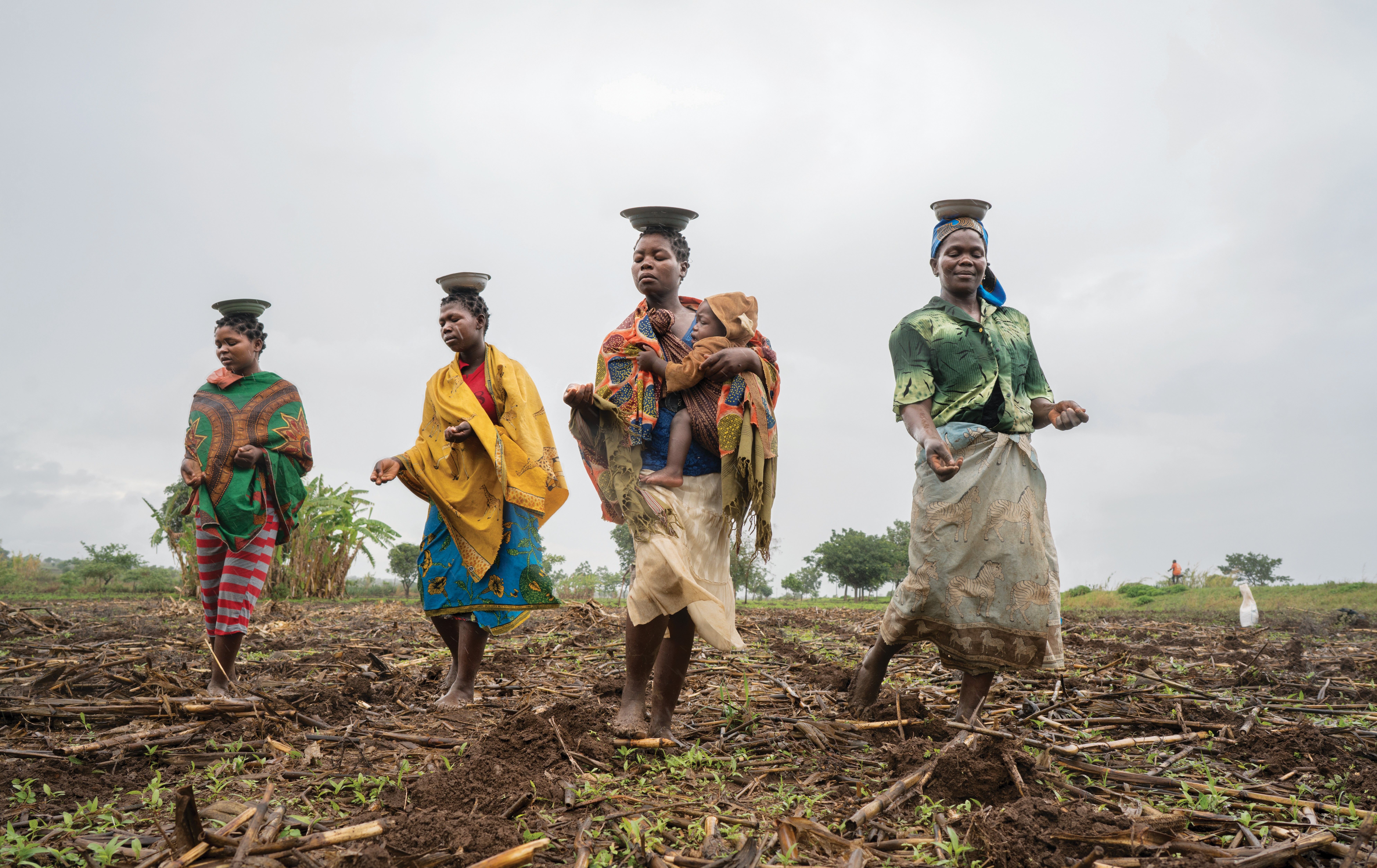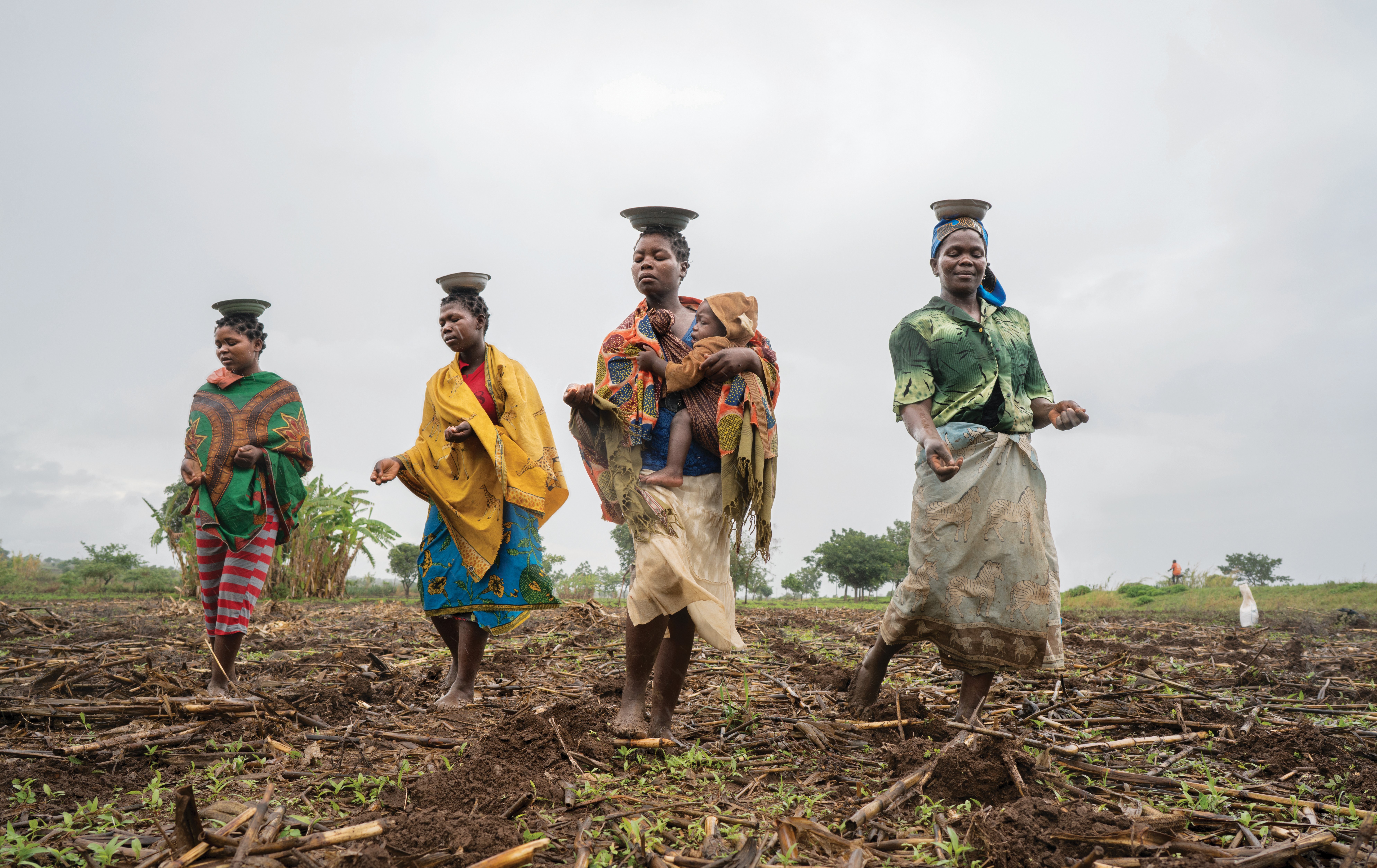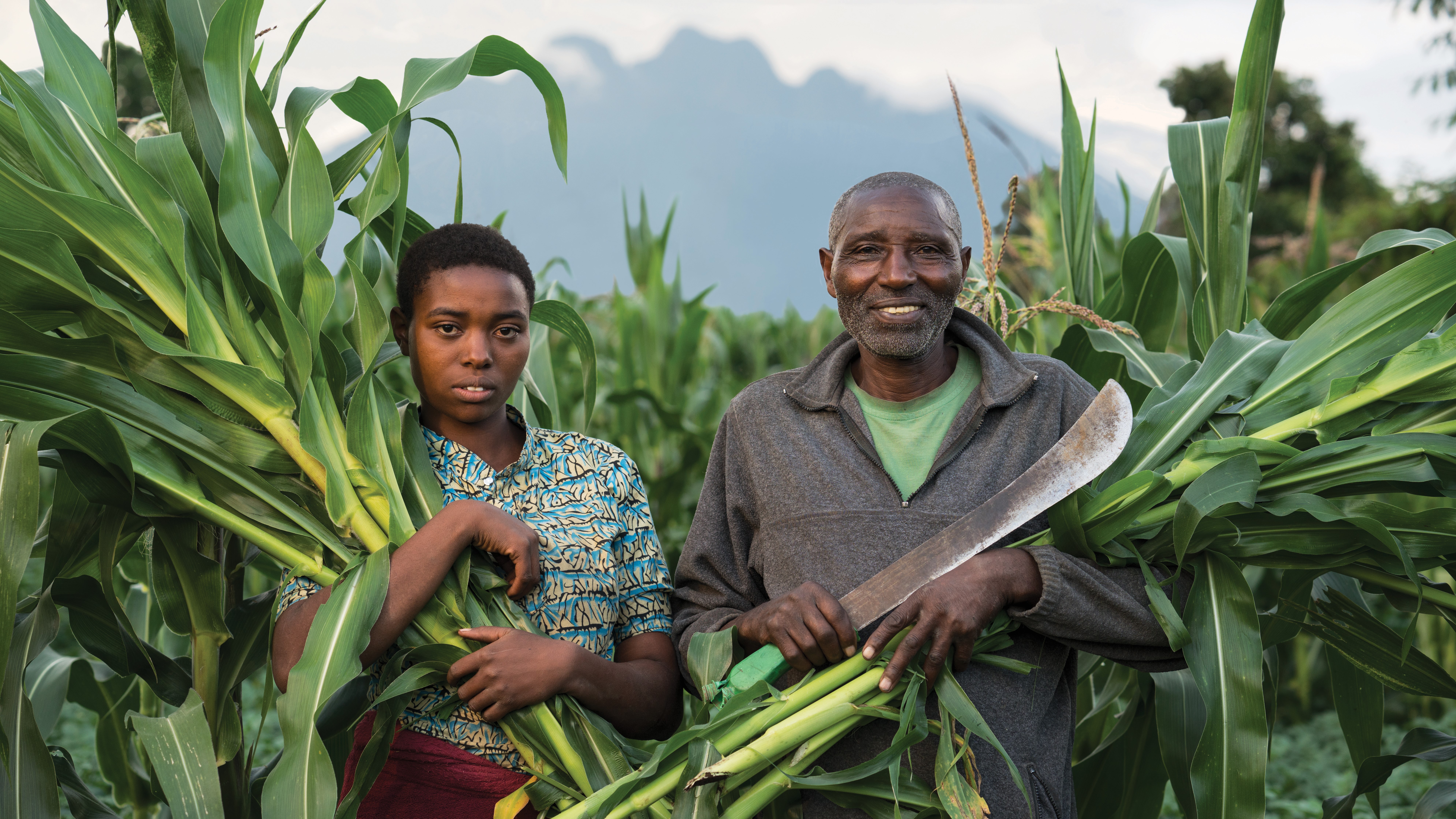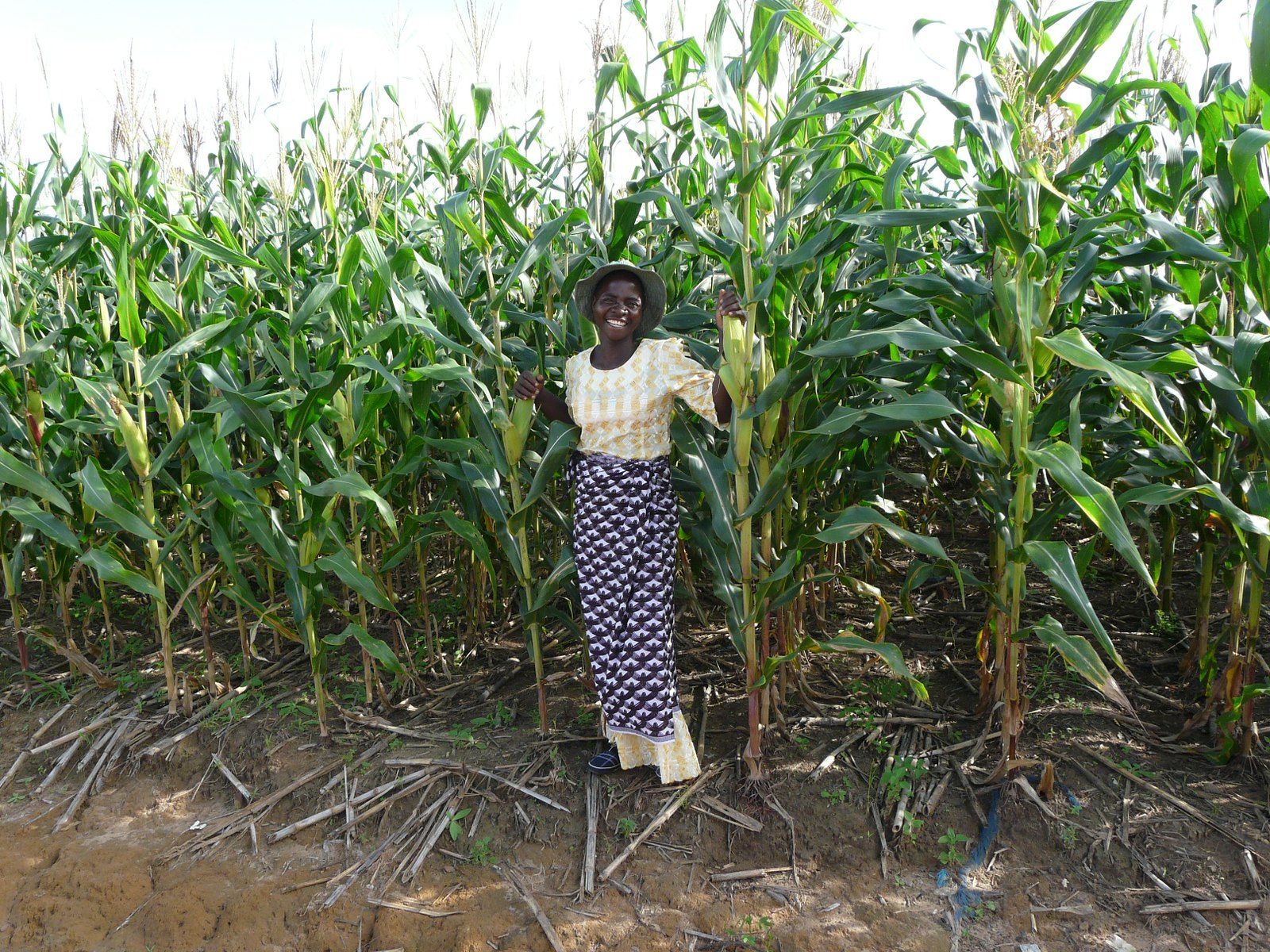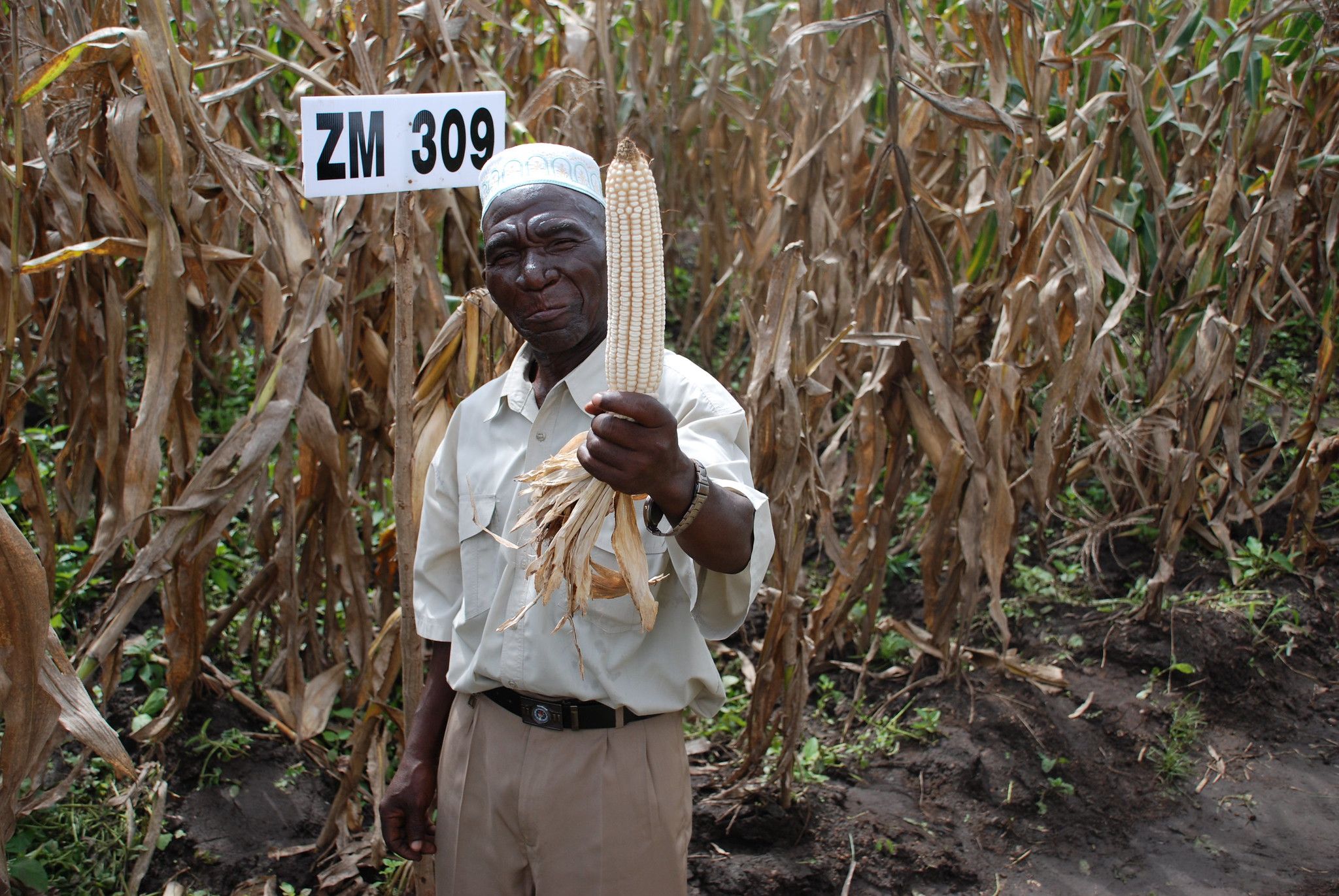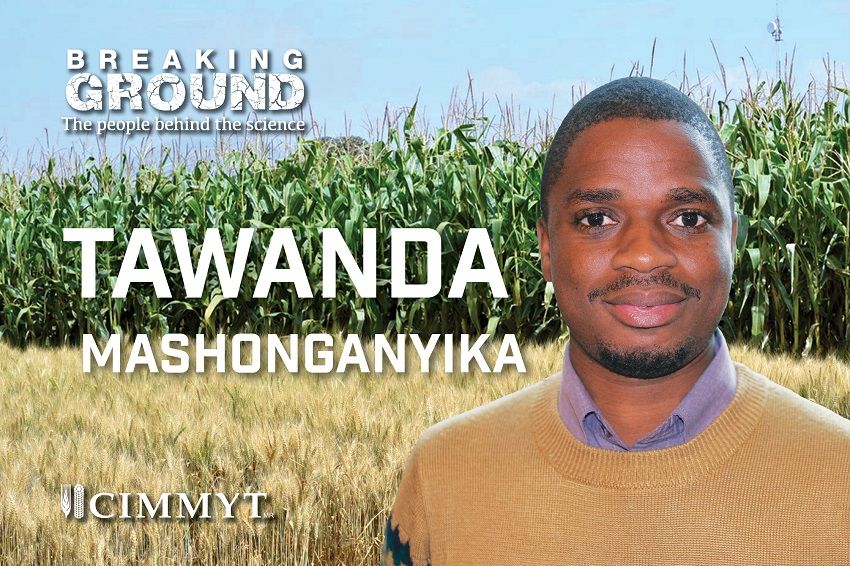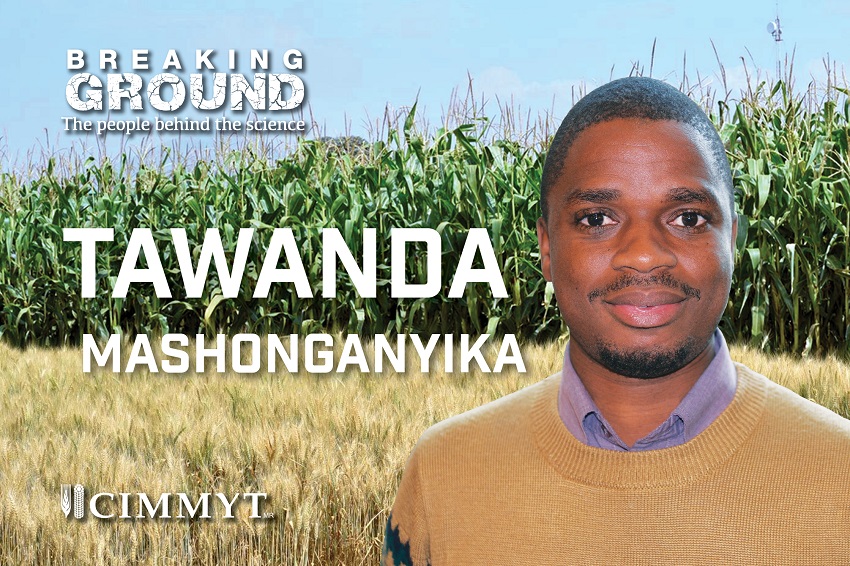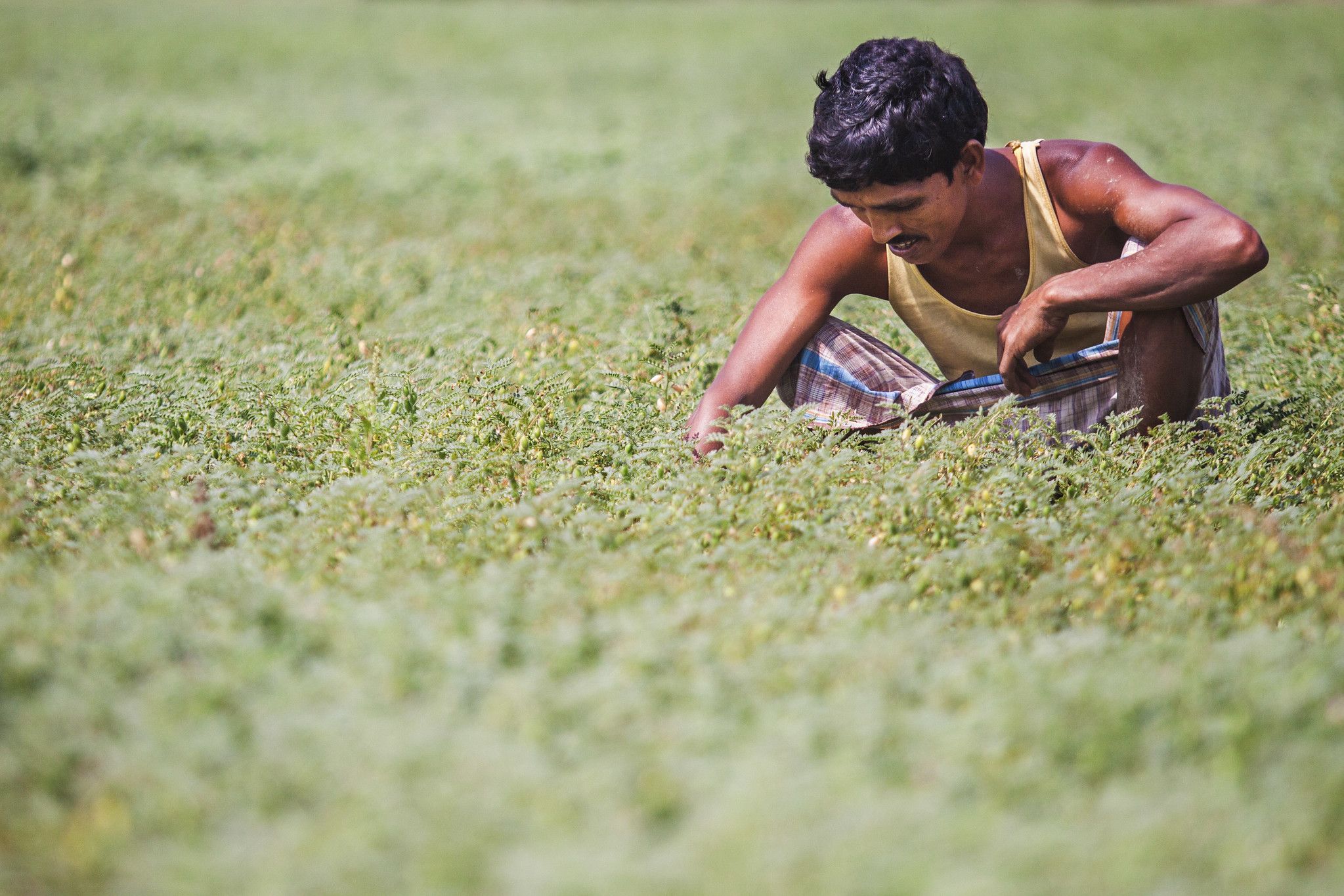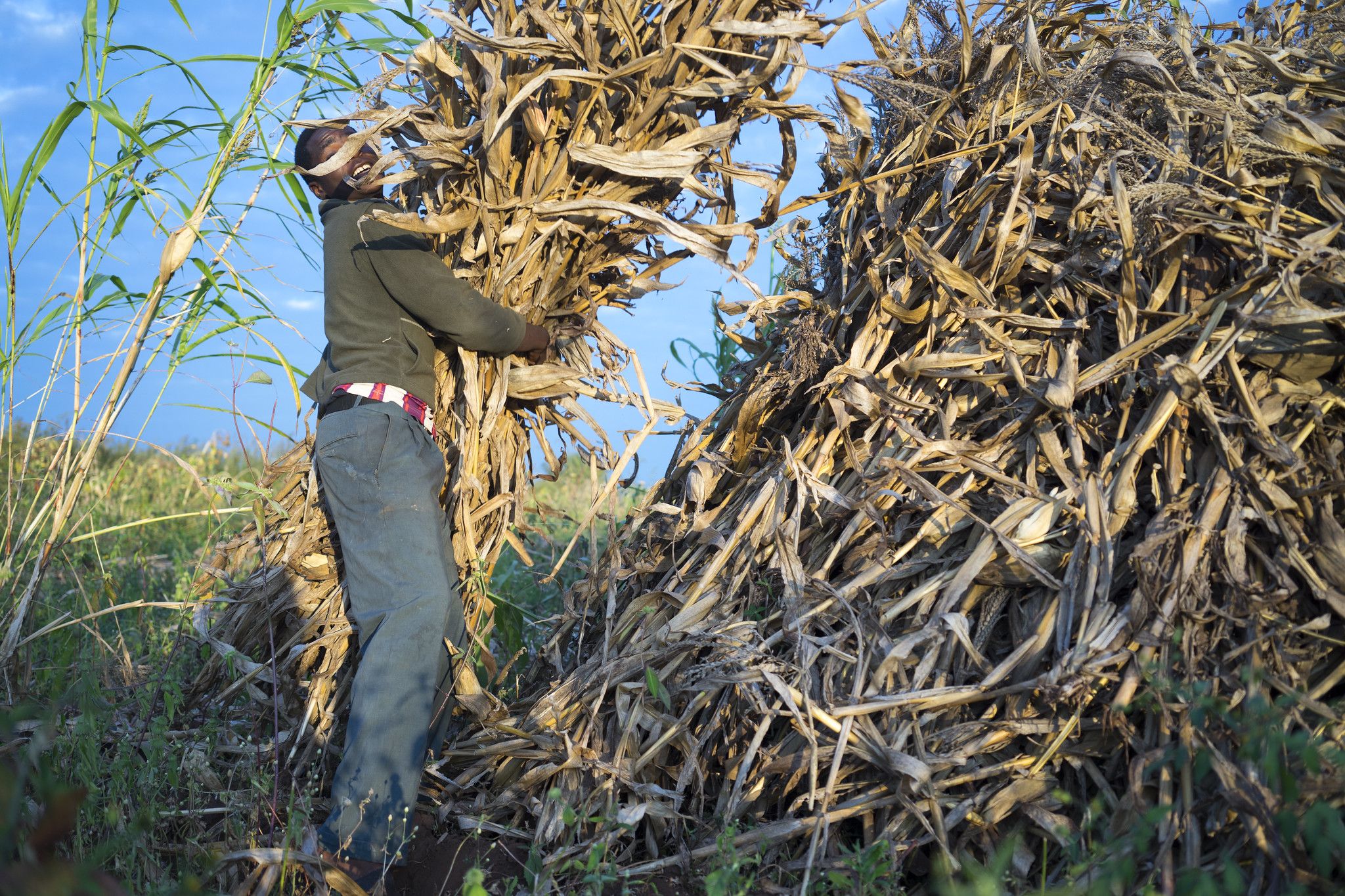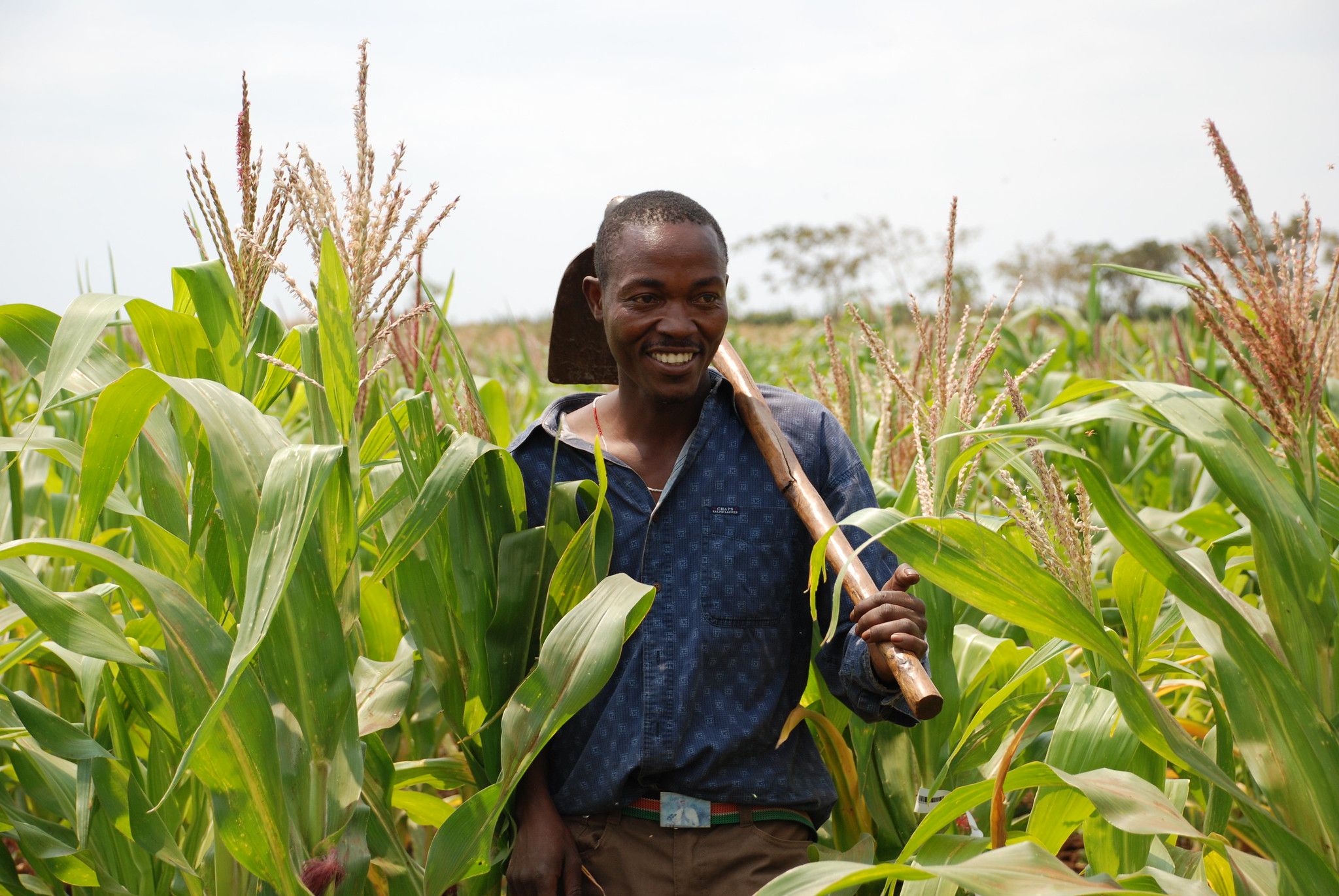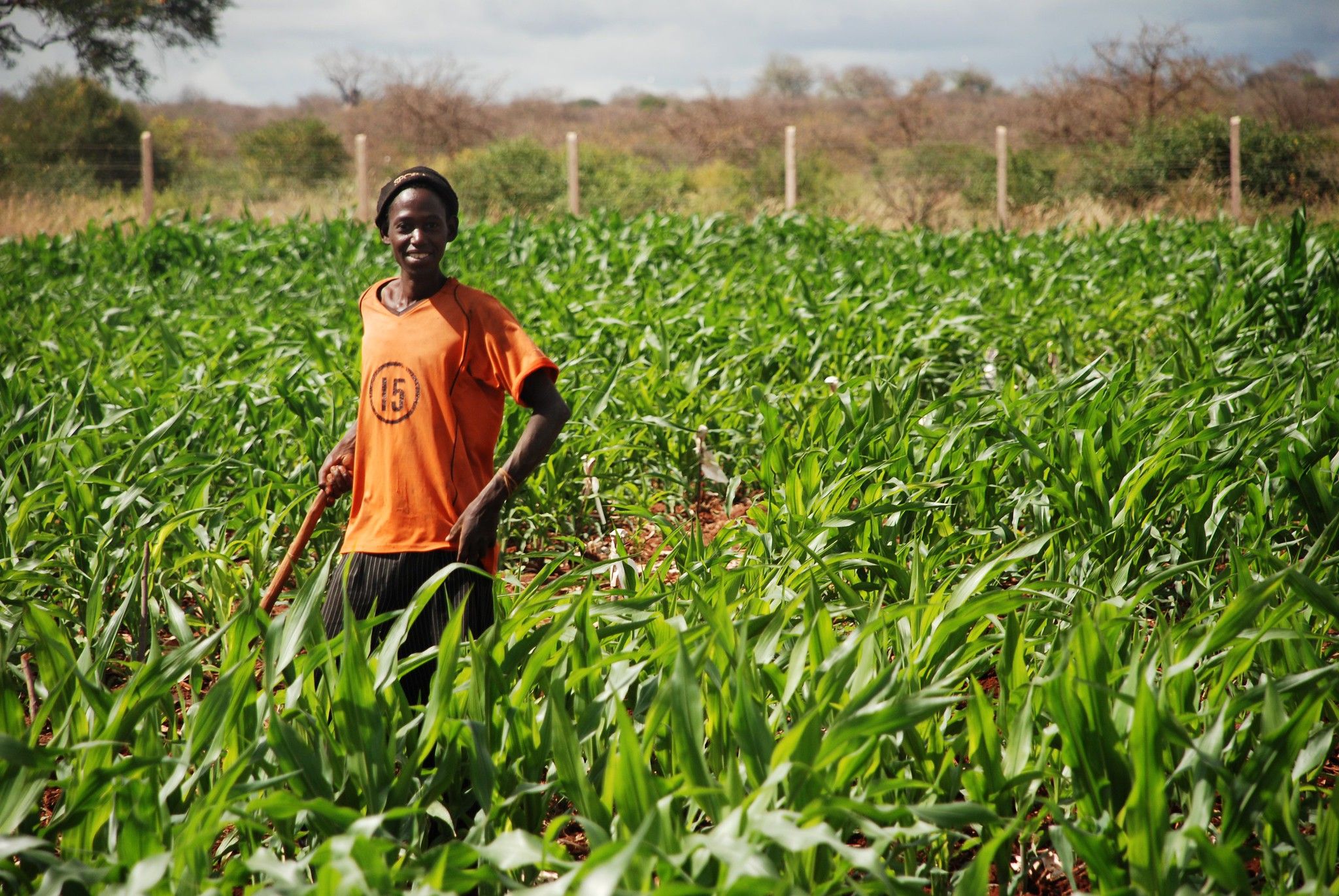Spraying locusts before they can fly key for effective control
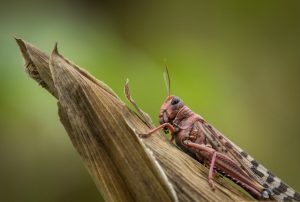
East African countries are battling the worst desert locust invasion in decades. The locusts are devouring crops and pasture leaving in their wake a region that is staring at a potential food crisis. The swarms have swept across Djibouti, Eritrea, Ethiopia, Kenya, South Sudan, Somalia, Sudan, Tanzania and Uganda, with some of these countries reporting the worst outbreak in 70 years.
Experts have warned of a second round of the flare-up, as the eggs laid along the locust path hatch. Both aerial and ground spraying with insecticides continue but such interventions have not yielded much success.
Stephen Njoka, Director of the Desert Locust Control Organization for Eastern Africa (DLCO-EA) and Hugo De Groote, Agricultural Economist at the International Maize and Wheat Improvement Center (CIMMYT) share some insights on the outbreak, effective control measures and what can be done to mitigate the damage currently and in potential future outbreaks.
Q: What is your opinion on the locust invasion across the eastern Africa region?
A: The current locust invasion in the eastern Africa region is one of the most serious occurrences in decades. For Ethiopia and Kenya, this is the worst outbreak in over 25 years and 70 years respectively. The locusts have caused significant damage in pastoral regions, where they have devoured pasture and tree leaves. They are now reaching some of the major maize growing areas where they are likely to cause a lot of damage to the crops.
Q: Why are they called desert locusts?
A: They breed in the wet desert sands. In west Africa for instance, they would breed in the border areas between the Sahel and the Sahara Desert. They go through six stages; five of which are the non-flying phases. Once they reach adult stage, they start flying, mating and laying eggs, and the cycle continues.
They are usually solitary in nature, but occasionally move into their gregarious state, in which they alter their behavior and physical appearance, form swarms and migrate over long distances following the winds. This is what differentiates locusts from grasshoppers. When they land at a particular location, they cause a lot of damage in that specific area. Apart from that local destruction, however, they may not cause much harm on a national scale.
Q: How serious of a problem is this invasion to the food security status of countries like South Sudan that are just recovering from decades of conflict and a recent drought?
A: The invasion could pose a serious food security challenge in some areas as these insects consume their own weight in a day (one insect weighs 2 grams and a swarm can contain over 50 million insects).
For countries like South Sudan and Somalia where conflicts can hamper locust control efforts, the food insecurity situation gets compounded. Pastures are the worst hit as locusts tend to prefer hotter climates where livestock keeping is the main source of livelihood.
Q: In your experience, what is the best way to deal with such an invasion? What are the most effective control measures?
A: The best way to deal with such an invasion is to conduct aerial spraying using Ultra Low Volume (ULV) chemical or biological pesticides at the early stages for effective control. It is important to identify the egg-laying sites early on so that the emerging hoppers are sprayed before they can fly.
Q: We understand that this is the worst invasion in Kenya in about 70 years and the worst in 25 years in some neighboring countries such as Ethiopia. Should we expect another infestation a few years from now?
A: It is unlikely that we can expect another invasion of this magnitude in the near future. The current invasion may have been driven by climatic changes in the breeding areas of the Red Sea coast, war-torn Yemen and Somalia.
Q: How can we be better prepared given that such invasions are cyclical in nature and may happen again after some years or decades?
A: Continued monitoring and forecasting of the locust population in the traditional breeding sites should be a priority. Countries in the invasion areas should establish Locust Control Units under the appropriate ministries. These units should frequently get updates from the FAO Desert Locust Information Service (DLIS) in Rome and take precautionary steps as advised.
As the eastern Africa region, member countries of DLCO-EA should step up their support for the organization by acquiring modern aircrafts, which can conduct aerial spraying more effectively and efficiently.
Q: What monitoring measures are in place for the surveillance and recommended remedial measures, especially in periods of low densities just before they become gregarious? Who does the monitoring and how frequently is the monitoring done?
A: Locust scouting teams in the breeding areas are charged with monitoring and surveillance of these pests. The exercise is continuous and largely supported by FAO DLIS using appropriate equipment like elOCUST 3, a data recording and transmission system for crop pest monitoring, currently used as a detection and early warning tool for desert locusts.
Q: Are mitigation measures such as compensation for affected farmers an option?
A: Where farmers are seriously hit, government, intergovernmental agencies or non-governmental organizations may consider easing the farmers’ losses by offering food and/or financial support.
Q: We have seen efforts such as aerial or ground spraying of the pests. How effective are these interventions? What implications does this control measure have on the environment and people’s health?
A: The safe use of pesticides remains the best choice for control of insects occurring in such big numbers. It is important to use environmentally safe products which cause minimum harm to non-targets. Spray teams should be well trained on how to handle the pesticides.
People living in the invaded areas should also be alerted on keeping themselves and their livestock safe by not getting into the sprayed areas as advised. One effective biological control is the use of the Metarhizium, which the International Institute of Tropical Agriculture (IITA) developed out of the locust skin fungus.
Nevertheless, some chemicals may cause more harm to the environment, especially when aerial spraying is applied on swarms in flight. The pesticides can contaminate the environment, water, crops and can cause skin rashes or respiratory, neurological or eye problems. They can also cause harm to animals and aquatic species.
In times of locust outbreaks, like now, there is a tendency to procure large quantities of pesticides. However, once the locusts are gone, stockpiles of the unused pesticides remain. This brings about a new challenge of destroying or safely disposing of the old or obsolete pesticide stock.
Q: Can the locusts be eaten?
A: Many communities in the world eat locusts and other insects. It is, however, important to caution against eating sprayed locusts. Additionally, locust swarms can contain billions of locusts, so catching them for food may not have a significant effect in reducing their population.
